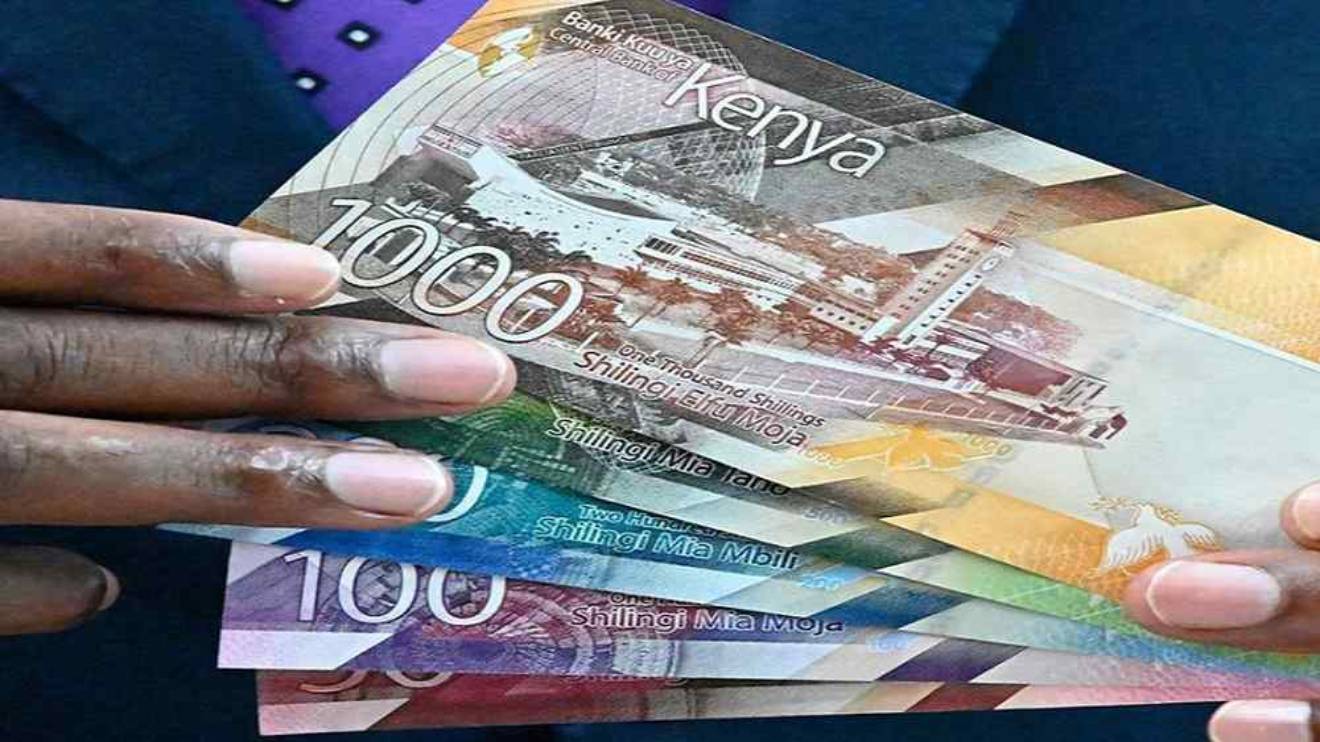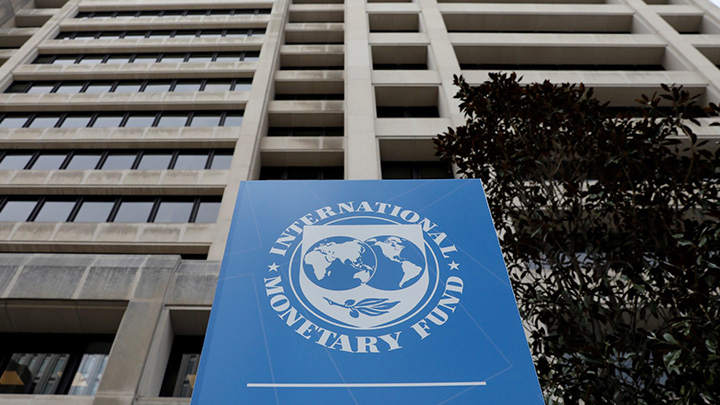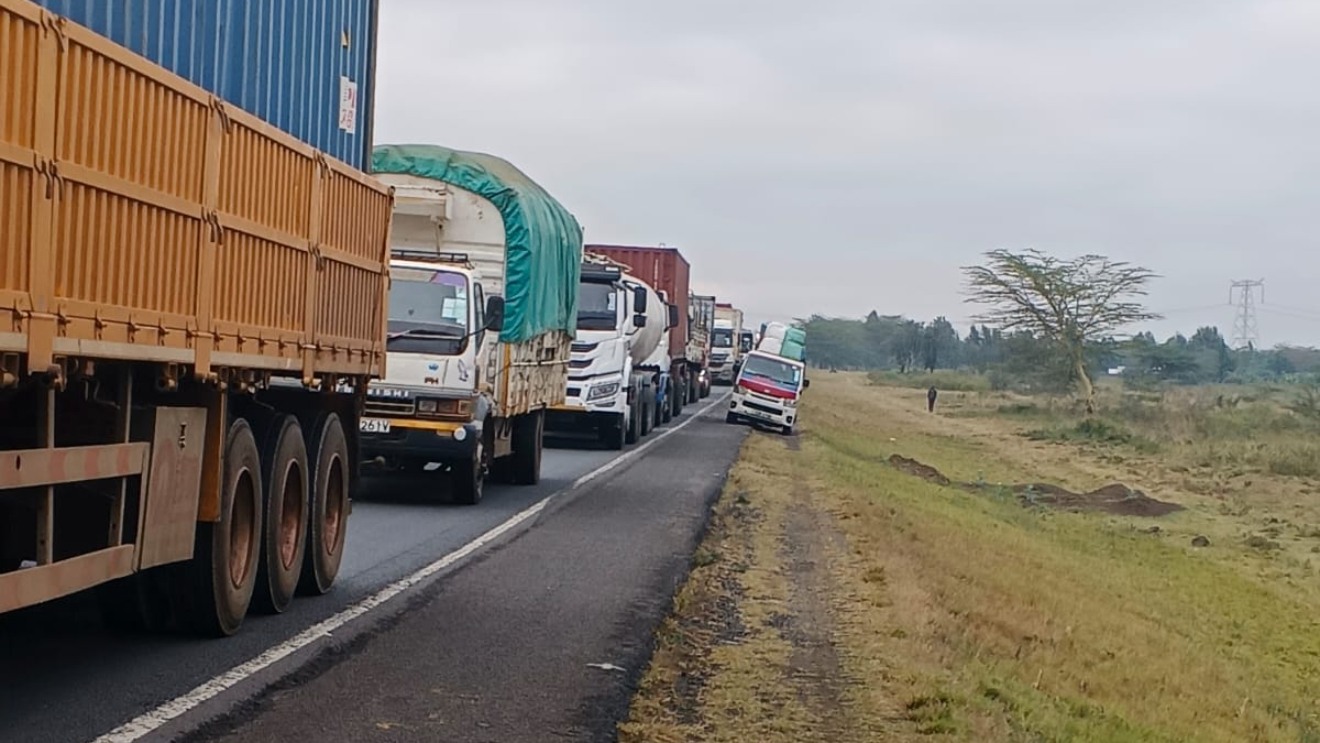Kenya’s inflation rate has plummeted to its lowest point in almost 12 years, landing at 2.7 per cent in October as prices of essentials like food and fuel eased, according to fresh data from the Kenya National Bureau of Statistics (KNBS).
This recent drop from September’s 3.6 per cent signals a milestone not reached since December 2012, when the rate fell to 3.2 per cent.
The KNBS figures revealed that lower costs for household staples, including sugar, maize flour, wheat flour, kerosene, and petrol, played a major role in this downtrend.
However, electricity costs edged upward, as KNBS noted, “During the same period, however, prices of 50 kWh of electricity and 200 kWh of electricity increased by 0.3 per cent and 0.2 per cent, respectively.”
This rare inflation relief aligns with broader economic measures, such as the Kenyan Shilling’s recent stability and the Central Bank of Kenya’s interest rate reduction to 12 per cent, aimed at encouraging credit uptake as inflation cools.
Read More
With inflation now at multi-year lows, Kenyans may find some respite in their daily expenses, though future price stability will remain critical in shielding households from sudden cost spikes.
This data reflects a hopeful shift, offering a glimpse of potentially smoother economic waters ahead if price trends remain steady.



-1757663582.jpeg)

-1757586635.jpg)



